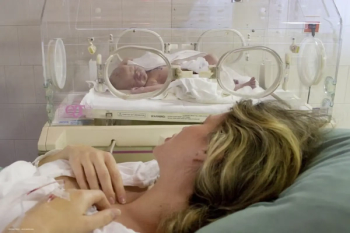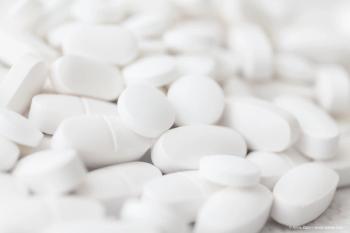
GenSight Biologics shares efficacy and safety findings from REFLECT Phase III gene therapy trial
The company shared 5-year results for lenadogene nolparvovec (Lumevoq), administered unilaterally and bilaterally to patients with Leber Hereditary Optic Neuropathy
GenSight Biologics, a biopharmaceutical company based in Paris, France, announced 5-year results from the REFLECT Phase III trial (NCT03293524). Investigators assessed lenadogene nolparvovec (Lumevoq, formerly GS010) for efficacy and safety in treatment of patients with Leber Hereditary Optic Neuropathy (LHON).
In a press release, GenSight Biologics reported that patients who received a one-time administration of the therapy showed sustained improvement in visual acuity (VA). In addition, patients who underwent bilateral injections saw higher rates of VA improvement.
“Importantly, REFLECT participants receiving a bilateral injection had a comparable safety profile to those treated unilaterally,” said Prof Patrick Yu-Wai-Man, MD, PhD, international principal investigator for the REFLECT trial. Yu-Wai-Man is a Professor of Ophthalmology and Honorary Consultant Neuro-ophthalmologist at the University of Cambridge, Moorfields Eye Hospital, and the UCL Institute of Ophthalmology, United Kingdom.
In all subjects who received lenadogene nolparvovec, improved visual acuity was maintained over 5 years. Additionally, the improvement of placebo eyes highlights the consistent contralateral treatment effect observed in all clinical trials, including the REVERSE (NCT02652780) and RESCUE (NCT02652767) trials.
In lieu of a baseline visual acuity, researchers assessed the therapy against an observed nadir, or worst instance of Best Corrected Visual Acuity (BCVA) from throughout the 5 years of observation. A unique characteristic of LHON is its acute phase, during which VA may deteriorate to a nadir that falls below the baseline performance recorded at the start of the trial. According to the press release, relative to the observed nadirs, average VA for all eyes treated with lenadogene nolparvovec increased “beyond the +15-letter threshold (-0.3 LogMAR change) that conventionally defines clinically meaningful improvement.”
Patients who underwent bilateral treatment experienced a higher rate of "clinically relevant" recovery from the nadir; investigators said that 79% of bilaterally treated patients were able to demonstrate “on-chart vision” compared to 72% of patients treated in only one eye.
The main ocular adverse event was intraocular inflammation, which remained mostly mild, and there were no serious ocular adverse effects reported. No patients discontinued the study due to ocular or systemic adverse effects. These findings supported results from the 4-year post-treatment findings reported in March 2024.
The REFLECT trial, a randomised, double-masked, placebo-controlled trial, included 98 patients with vision loss due to LHON caused by a mutated ND4 mitochondrial gene. All participants received an intravitreal injection of lenadogene nolparvovec in their first affected eye, while the second affected eye was randomly assigned to either a second injection of the therapy or a placebo. Forty-eight patients were randomly assigned to bilateral treatment with lenadogene nolparvovec and 50 to unilateral treatment.
Reference
GenSight Biologics Announces Five-Year Efficacy and Safety Results for LUMEVOQ® Gene Therapy at the Conclusion of the REFLECT Study. Press release. GenSight Biologics. Published February 12, 2025. Accessed February 18, 2025.
https://www.gensight-biologics.com/2025/02/12/gensight-biologics-announces-five-year-efficacy-and-safety-results-for-lumevoq-gene-therapy-at-the-conclusion-of-the-reflect-study/
Newsletter
Get the essential updates shaping the future of pharma manufacturing and compliance—subscribe today to Pharmaceutical Technology and never miss a breakthrough.













































